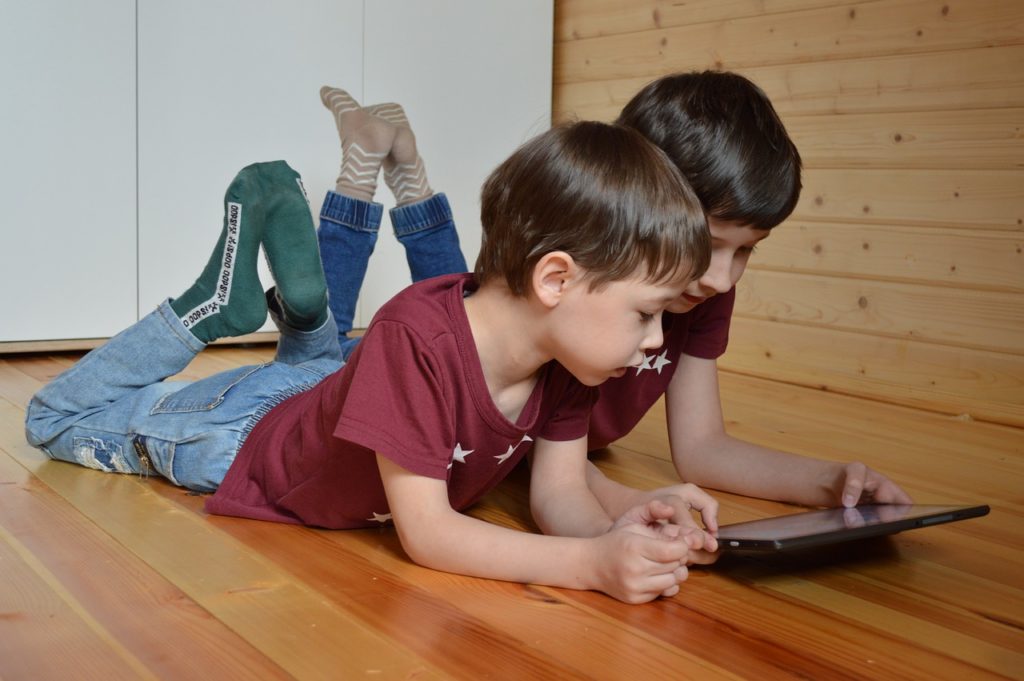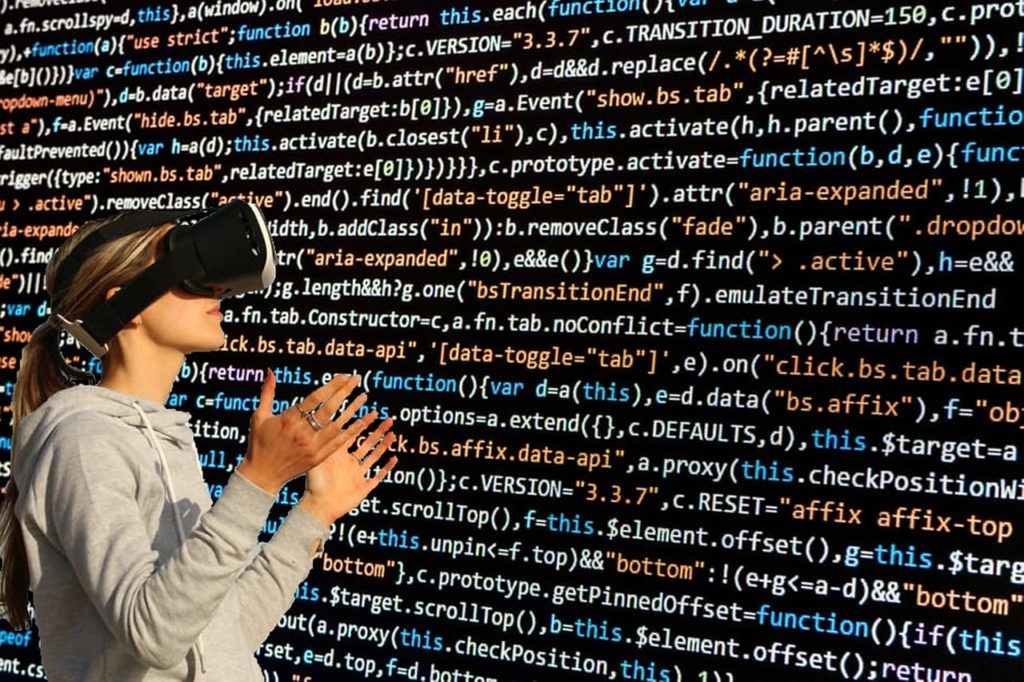Homework can be a chore for any child, but there could just be one way to entice kids to do their daily homework: technology! As noted in the Bangkok Post, data analytics, artificial intelligence, and machine learning technology are enriching the learning environment for children in Thailand, with new education community, eLernity Thailand launched by NetDragon Thailand.
Children born in this generation are undoubtedly more tech savvy than ever, with numerous studies indicating that 40% of parents actually hone their tech skills (computer, Internet, and social working skills) through their kids! Technology is definitely not just for entertainment or connecting with friends, though. It has totally changed the way children learn and work, providing more practical, hands-on, collaborative experiences than their parents were able to enjoy.
Homework with an Outcome

Kids as young as five are already completing homework tasks on Scratch, which enables them to program code for games and grow in confidence both technologically and artistically. Modern assignments are no longer about simply reading and writing. Children across the globe have access to everything from language sites to math games apps and sites, interactive education sites, and quizzes. The key is for kids to take control over their learning, see the outcome of their effort, and understand (in a very real way) why core skills are vital in everyday life.
Shared Workspaces & Documents

Shared workspaces like Slack are ideal for older children wishing to interact with other students and/or teachers about a specific project or assignment. Slack enables administrators to create groups and send messages. Google Docs is another excellent tool for students working on a shared essay. Users can sign in, modify a document, and leave revision notes, regardless of whether they are working on a laptop or a tablet (and even a smartphone!). They can also forget about ever having to lose their work if their computer should crash, since all documents are safe in the cloud.
Almost Real-Life Experiences

In the past, learning about an inhospitable area like the Arctic, or about a beautiful yet endangered part of the world like the Amazons, was a matter of reading a book and gazing at beautiful yet lifeless imagery. Today, thanks to ubiquitous connectivity and streaming, students can follow expeditions to these areas live, observe the movements and habits of even the most exotic animals, and even talk and debate with their favorite scientists via live talk on Facebook and other channels. The more immersive the experience is, the more impactful.
Virtual Reality in the Learning Sphere

Virtual reality has made big leaps and bounds in terms of creating a new language for experiential learning. Headsets such as Oculus Rift are already being used by students to visit virtual worlds, engaging with new environments, and viewing the interaction of human beings with the rest of the world. Imagine the impact of this type of learning on environmental and sustainability topics. Kids can really see the effect that pollution and plastics, for instance, are having on the marine environment, hopefully becoming inspired enough to help form part of the solution.
Virtual reality, live streaming, and coding apps are just a few technologies that are whizzing kids into deeper learning at a younger age than ever. Far from being mere distractions, these technologies allow children to better understand and react to the world around them. They also enable kids to gain a deeper insight into specific realms of study, helping them define and pursue what truly interests them.















